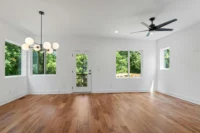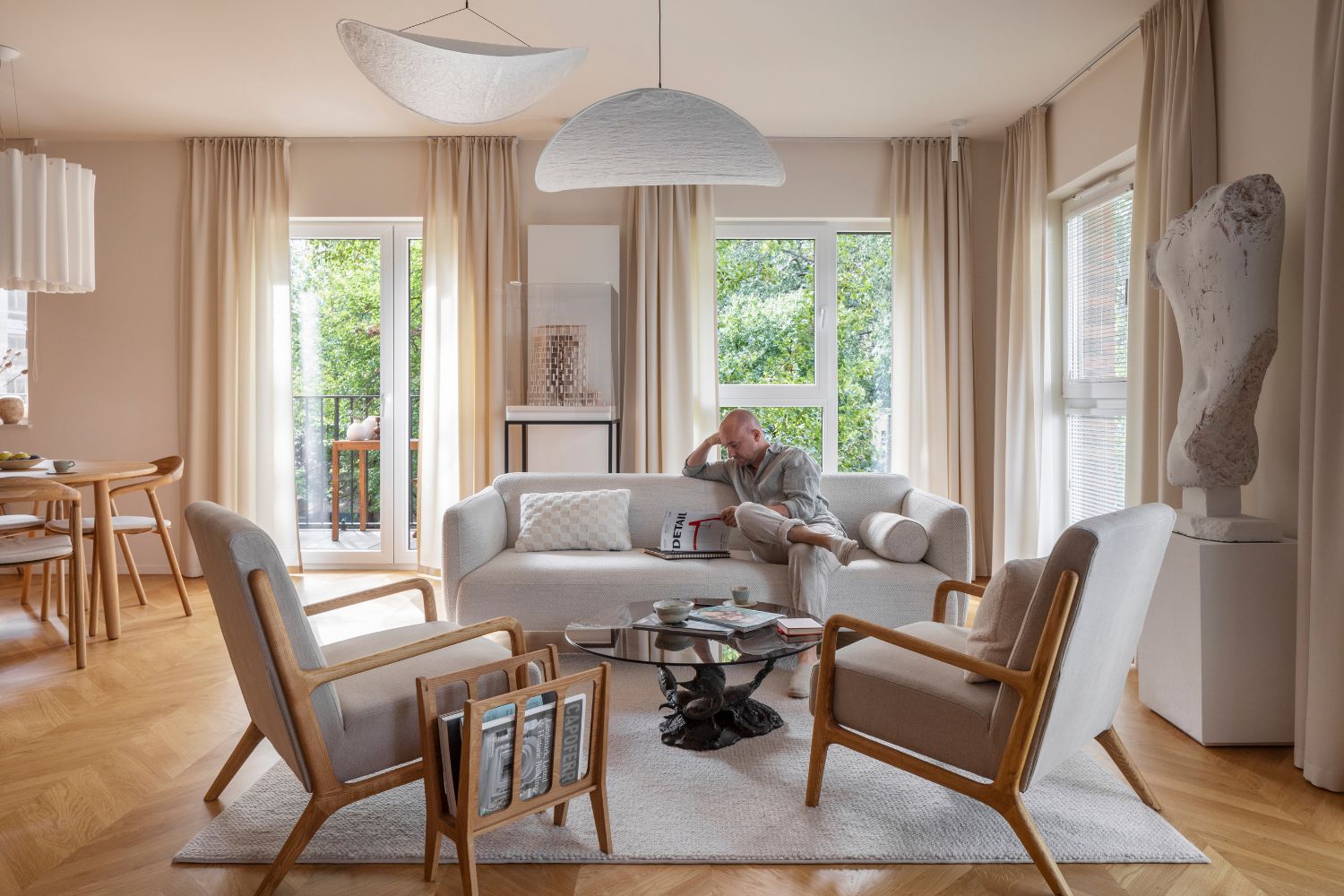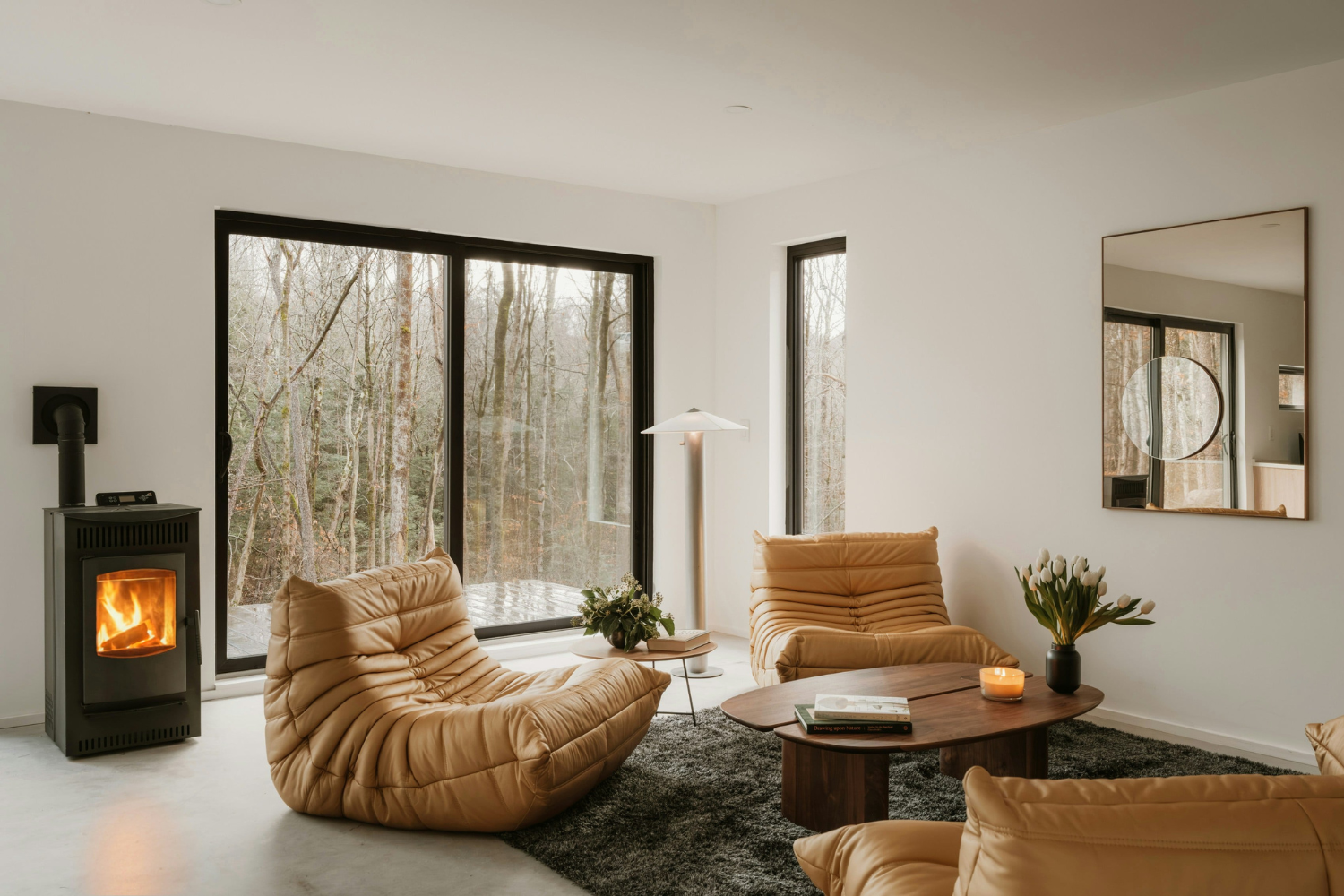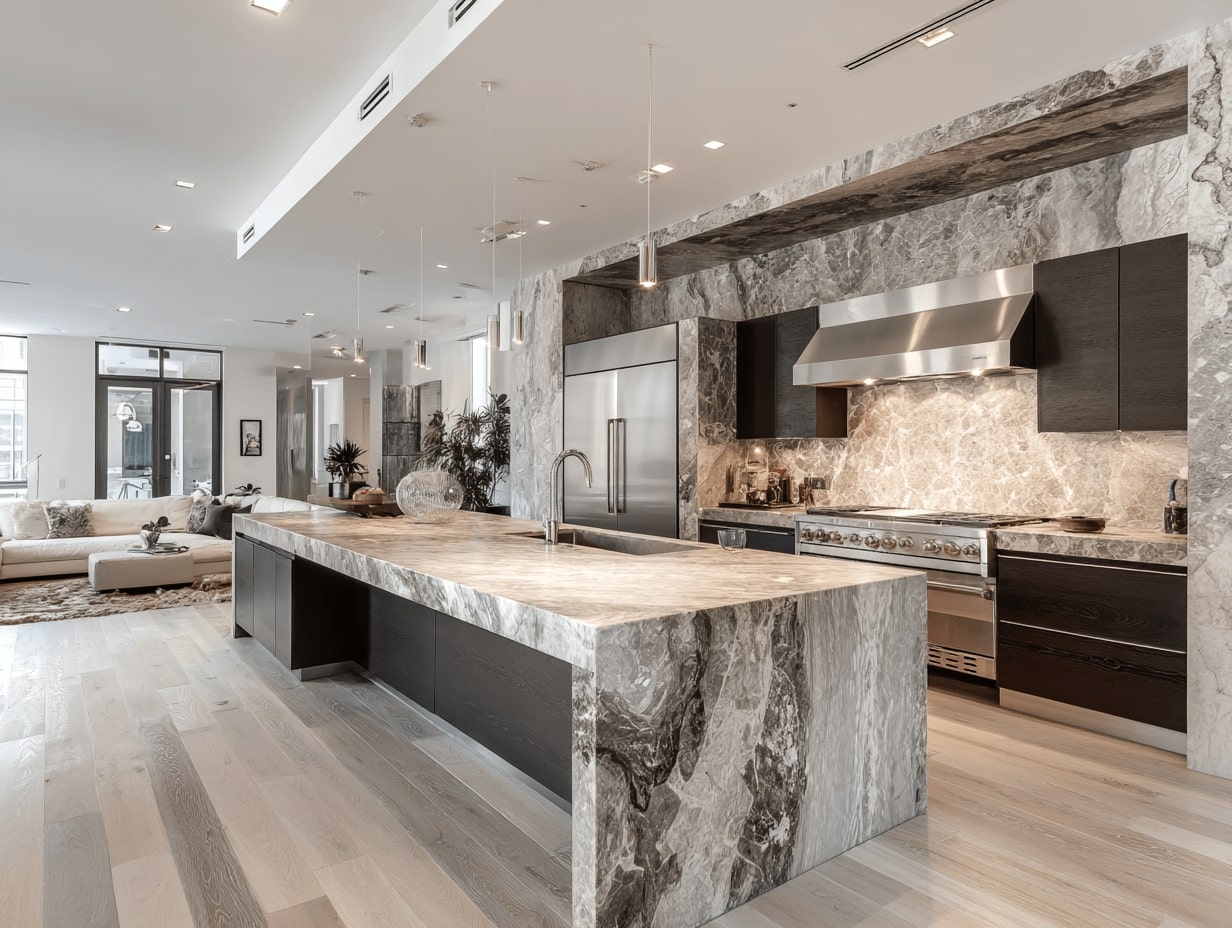- Home
- Articles
- Architectural Portfolio
- Architectral Presentation
- Inspirational Stories
- Architecture News
- Visualization
- BIM Industry
- Facade Design
- Parametric Design
- Career
- Landscape Architecture
- Construction
- Artificial Intelligence
- Sketching
- Design Softwares
- Diagrams
- Writing
- Architectural Tips
- Sustainability
- Courses
- Concept
- Technology
- History & Heritage
- Future of Architecture
- Guides & How-To
- Art & Culture
- Projects
- Interior Design
- Competitions
- Jobs
- Store
- Tools
- More
- Home
- Articles
- Architectural Portfolio
- Architectral Presentation
- Inspirational Stories
- Architecture News
- Visualization
- BIM Industry
- Facade Design
- Parametric Design
- Career
- Landscape Architecture
- Construction
- Artificial Intelligence
- Sketching
- Design Softwares
- Diagrams
- Writing
- Architectural Tips
- Sustainability
- Courses
- Concept
- Technology
- History & Heritage
- Future of Architecture
- Guides & How-To
- Art & Culture
- Projects
- Interior Design
- Competitions
- Jobs
- Store
- Tools
- More
Simplifying Architectural Planning: A Practical Guide for Interior Designers
Explore the art of creating simple architectural plans for interior designers. Learn how effective collaboration, strong communication, and smart use of design tools can transfer abstract concepts into tangible structures. Delve into the decision-making processes, from material choices to room layouts, to create plans that balance aesthetics and functionality, improving user experience.

We’ve all seen the stunning results of a well-designed space. But behind every great design, there’s a carefully crafted architectural plan. It’s the backbone of any interior design project, guiding us from concept to completion. Creating architectural plans may seem daunting, especially for beginners. But don’t fret! With the right approach, it’s not as complex as it appears. We’re here to guide you through the process, simplifying it into manageable steps.

Table of Contents
ToggleFundamentals of Architectural Plans
Diving into the meat of the matter, we want to ensure every reader understands the foundational elements lying beneath impressive interior designs.
Architecture plans, at their core, are about representing the physical and functional characteristics of a space. From walls and windows to furniture layouts, these details form the heart of any architectural drawing. We’ve rounded up the primary components of a plan to help you get started:
- Scale and Dimension: These two elements are paramount. They ensure that all features of a space correspond proportionately to one another.
- Details: Architectural plans encapsulate all significant and minor details, such as the placement of doors, windows, furniture layout, and the room’s flow.
- Symbols: There is a universal language to architectural drawings. Some symbols represent stairs, others signify doors, and so on. Learning these will set you firmly onto the path of creating your architectural plans.
- Sections and Elevations: These make it easier to envision the design from different perspectives. They depict the height of elements and their relation to other components within the space.
Incorporating these aspects in our drawings helps in communicating our ideas with clarity, ensuring that the built result aligns seamlessly with our imagined design. Next, we’ll delve into simplifying the process of creating these plans, so regardless of whether you’re a newbie or a pro, you’ll have every tool you need for successful design planning.

Importance of Architectural Plans for Interiors
Straight off the bat, let’s address the question: why are architectural plans crucial for interior design? The answer is simple; they function as the roadmap for each design project.
It’s much like trying to navigate a new city without directions; you’d probably make numerous wrong turns and end up lost. The same applies to designing a space without well-drawn architectural plans. They provide the direction we need to channel our creative thoughts, ensuring that our ideas align with the actual scale, layout, and structural realities of the space. Architectural plans eliminate any guesswork enabling us to work efficiently and effectively. So, they’re not just an option, they’re an absolute necessity.
Tools for Creating Architectural Plans
To navigate smoothly in the complex world of interior design and architectural planning, you’ll need some tools to guide the way. These tools are truly your best friends throughout the whole process, enabling you to create precise and detailed plans.
Computer-Aided Design (CAD) Software
First on our list is CAD software. This advanced software is widely used in the field of architecture and interior design for creating accurate and scalable models. The beauty of CAD software lies in its ability to provide digital renditions that can be easily adjusted, manipulated, and shared.
With CAD software like AutoCAD, SketchUp, or Rhino, we can:
- Sketch complex designs efficiently
- Adjust design proportions with ease
- Visualize our designs in a 3D space
- Share and collaborate on designs with clients and colleagues.
These are just a few of the many possibilities that CAD software offers. It’s a versatile tool that adapts to our needs, making our architectural planning process smoother and efficient.
Measurement Tools and Equipment
Apart from the technology, we can’t overlook the importance of physical measurement tools and equipment. In designing a space, accuracy is essential. For this, we rely heavily on simple yet indispensable tools like the measuring tape, architectural scale, and laser levels.
- A measuring tape gives us the exact dimensions of the space.
- An architectural scale helps us draw the design to scale on paper.
- Laser levels make sure that our design aligns perfectly with the physical space.
These tools aid us in generating a blueprint that fits the actual space flawlessly. Remember, an error here could lead to challenges during the execution phase, proving art and science go hand in hand when creating the perfect design plan.
Indeed, the marriage of digital and traditional tools forms the backbone of architectural planning. As we keep enhancing our arsenal with cutting-edge technology like CAD software and retain the tried-and-tested methods like using manual measurement tools, we ensure that our architectural plans are accurate, efficient, and aesthetically pleasing. Moving forward, we will delve deeper into the architectural planning process, enriching you with crucial tips and strategies for success.

Steps to Create Simple Architectural Plans
Initial Space Assessment
Before one can simply dive into creating architectural plans, it’s essential to start with an initial space assessment. This involves taking detailed measurements of the room or space in question. As much as digitally drawing our designs can save time, it’s crucial not to forget the importance of measurement tools such as measuring tape, architectural scales, and laser levels. This step requires accuracy and precision to ensure the design executes well onto the physical space.
Drafting the Floor Plan
Once we’ve accurately assessed the space, we can begin drafting the floor plan. Here’s where the power of CAD software like AutoCAD, SketchUp, or Rhino comes into play. These tools enable us to sketch our designs efficiently, keeping in mind the proportions and scales we took in the initial space assessment. With these digital tools, it’s easier to adjust and refine our designs. Above all, CAD software allows us to visualize our designs in 3D, which aids in deciding where to place furniture and other design elements.
Adding Details and Specifications
After drafting the basic layout of the floor plan, the next step is to add details and specifications. This includes identifying where to place doors, windows, furniture, and other fixtures. It’s necessary to include colour schemes, materials, and textures at this stage of the plan. Be sure to consider aesthetic elements that complement the space while adding practical features like storage solutions and lighting.
Stay tuned as we’ll divulge more about the architectural planning process in upcoming pieces, offering further tips and strategies that’ll help make your designs excel.
Common Mistakes to Avoid in Architectural Planning
Stepping into the realm of architectural planning, it’s not unusual to make a few missteps. However, knowledge is power. We’re here to arm you with the know-how to avoid these common architectural planning blunders.
One major mistake we often see is overlooking the scale and proportion. Remember, a grandiose couch may wow you in-store, but will it fit through your doorway or appropriately in your living room? Always put the proportions and scale of your design elements into perspective. Use your CAD software to ensure you’ve got this right.
Another common blunder is underestimating the importance of natural light. Windows shouldn’t just be placed randomly. They should be planned to optimize natural light, improve airflow, and enhance views. Do not just think about how it looks but rather consider how it feels and functions.
Ignoring the original architectural style can also lead to jarring inconsistencies that impact the aesthetics of the design. It’s tempting to impose a completely new design on an old building but remember to respect the original architectural language. A seamless blend of old and new often produces the most pleasing results.
Next, it’s common to be over-enthusiastic and over-design a space. Sometimes, less is more. Like a well-cooked meal, your design should be a balance of ingredients – function and aesthetics. An optimal design utilizes each square foot effectively without making the room feel cluttered. Filling every corner with furniture and details can overwhelm the senses, causing the opposite of your intended effect.
And let’s not forget about the budget. It’s easy to get carried away by fascinating designs and expensive furniture, which leads to budget overshot. Plan ahead, keep track of your spending, and always have a cushion budget for unexpected expenses.
Collaborating with Architects and Contractors
As we dive deeper into the subject, one crucial aspect can’t be overlooked: the significance of collaborating with architects and contractors. This collaboration isn’t just a professional requirement, it’s also the key to achieving a perfect harmony between design and functionality.
Communicating Design Intent
When it comes to successfully realizing our architectural plans, communication is everything. Expressing our design intent clearly to architects and contractors is crucial in turning our ideas into tangible structures.
As interior designers, we’re charged with creating aesthetically pleasing, functional spaces that fit the client’s vision and needs. We have to translate abstract concepts into concrete design elements, something that’s only possible through efficient communication channels.
This process involves a multitude of decisions. It concerns everything from material choices to room layout, from color schemes to lighting design. With every selection made, the architectural plans are incrementally transformed, gradually taking shape in their physical form.
Remember, the goal isn’t just to communicate, but to convey our ideas distinctly enough that they can be accurately realized. Weaving a narrative with architects and contractors that paints a vivid picture of the final outcome will streamline the process and ensure unity in the design.

Resolving Design Challenges Together
In any project, encountering design challenges is more a matter of when than if. Proactive collaboration with architects and contractors will help us face these obstacles head-on and derive effective solutions.
Architects lend their technical expertise, marrying art with utility and safety, while contractors ensure the design’s feasibility from a construction perspective. Their insights are invaluable in resolving design challenges, as they shade light on aspects we might not have considered.
Through a cooperative approach, we can discuss potential constraints in our design and brainstorm changes that resolve these issues without compromising on aesthetics. Architects can suggest necessary adjustments to maintain structural integrity, and contractors can propose alternatives for potentially problematic construction methods or materials.
When challenges occur, it comes down to how well we work together. Open, ongoing discussions will help to hit the road bumps with less friction, ensuring our project stays on track and meets the highest standards of design and construction. Our ultimate aim is to create a space that’s not only visually pleasing but also structurally sound and practically functional.
In summarizing, architect and contractor collaboration isn’t just about speeding up the construction process—it paves the way for us to create designs that are both beautiful and feasible.

Conclusion
After touching on the importance of collaboration between architects and contractors, it’s time to dive deeper into the process of creating simple architectural plans. As interior designers, we’re consistently tasked with translating our understanding of a space into plans that anyone can follow. It’s about more than aesthetics; it’s about feasibility, functionality, and achieving a holistic design that aligns with a client’s vision.
In crafting simple architectural plans, a crucial factor is communication. We must effectively communicate our design intent to architects and contractors. This means being clear and concise with our ideas, using design tools effectively, and consistently checking in with our collaborators.
- Effective communication: This involves articulating our visions and ideas clearly. We don’t only rely on words, but also renderings, sketches, and models to illustrate our concepts.
- Use of design tools: As interior designers, we need to proficiently use design software to generate plans that architects and contractors can work from. Modern design tools allow us to incorporate all elements of a design, from layout to furniture placements, thus enabling us to create comprehensive plans.
- Consistent check-ins: Regular touchpoints with architects and contractors ensure that they fully understand our design intent and enable us to resolve any potential misunderstandings promptly.
Beyond these key points, we also have to consider the selection of materials and room layouts. The choice of materials impacts not only the aesthetics but also determines the project’s practicality, durability, and cost. Room layouts, on the other hand, affect how the space will be utilized and how people will experience it.
Creating simple architectural plans doesn’t have to be a daunting task. Armed with strong communication skills, effective use of design tools, and a methodical approach to material selection and room layouts, we can create plans that eloquently translate our interior design visions into reality. The journey continues as we dive further into the methods and tools available for creating compelling designs.
Submit your architectural projects
Follow these steps for submission your project. Submission FormLatest Posts
Modern American Homes: Interior Design Trends to Watch in 2026
Interior design in the United States is evolving toward warmer, more adaptable,...
BXB Studio’s Hybrid Interior: Redefining the Modern Architectural Workplace
The Warsaw headquarters of BXB Studio was established in a modest 70...
5 Must-Know Interior Design Trends in American Homes
From warm minimalism to bold oversized artwork, these five interior design trends...
How Open Kitchens Create a Sense of Space Indoors (Without Sacrificing Function)
Open kitchens: see how sightlines, lighting, and smart layouts make rooms feel...












Leave a comment